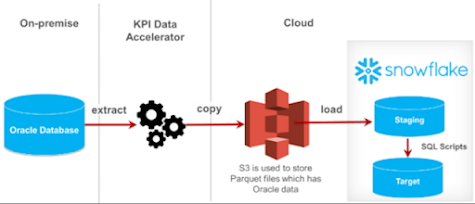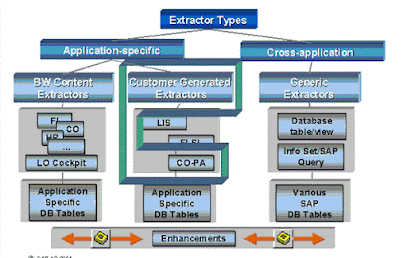Streamlining Data Migration: Oracle to Snowflake Transition Explored
In today's data-driven era, seamless data migration between platforms has become a pivotal strategy for organizations looking to optimize their data management and analytics capabilities. One such transition gaining significant attention is the move from Oracle to Snowflake. In this piece, we dive into the intricacies of migrating data from Oracle to Snowflake, outlining the advantages and considerations along the way.
Understanding the Oracle to Snowflake Transition:
Transitioning from Oracle to Snowflake involves moving data from Oracle databases, known for their reliability and robustness, to Snowflake's cloud-based data warehousing platform. Snowflake's architecture offers features such as elasticity, scalability, and native support for structured and semi-structured data, making it an appealing destination for data migration.
Key Advantages of Migrating from Oracle to Snowflake:
Scalability and Elasticity: Snowflake's architecture is designed to scale resources up or down based on demand, ensuring optimal performance during high workloads. This scalability eliminates concerns about infrastructure provisioning and helps businesses manage varying data requirements efficiently.
Cloud-Native Approach: Snowflake operates entirely in the cloud, removing the need for organizations to maintain and manage physical hardware. This cloud-native approach simplifies maintenance tasks, reduces costs, and provides global accessibility to data.
Concurrency: Snowflake offers unique multi-cluster architecture, allowing users to run multiple workloads simultaneously without impacting performance. This concurrent processing accelerates query execution and enhances data analytics capabilities.
Data Sharing: Snowflake's data sharing features enable seamless collaboration between different departments, business partners, and clients. Organizations can share read-only or read-write data with controlled access, fostering data-driven decision-making.
Performance: Snowflake's columnar storage, automatic query optimization, and indexing features contribute to faster query execution. This results in accelerated data analysis and reporting, leading to improved business insights.
Semi-Structured Data Handling: Snowflake's support for semi-structured data, such as JSON and XML, allows organizations to work with diverse data formats without extensive data transformations. This flexibility simplifies data ingestion and processing.
Migration Considerations:
While the benefits of migrating from Oracle to Snowflake are significant, there are several considerations to keep in mind:
Data Mapping and Transformation: Data structures in Oracle and Snowflake may differ, requiring careful mapping and transformation. Ensuring data integrity during this process is crucial to maintain accuracy.
ETL Processes: Existing ETL (Extract, Transform, Load) processes may need adjustments to accommodate Snowflake's architecture. Adapting ETL pipelines ensures smooth data movement and compatibility.
Data Volume and Performance: Analyze data volumes and performance requirements to choose the appropriate Snowflake configuration. Proper resource allocation helps achieve optimal performance and cost-efficiency.
Data Security and Compliance: Snowflake offers robust security features, but organizations must ensure data security during migration. Compliance with industry regulations and data protection standards is paramount.
Testing and Validation: Rigorous testing of the migration process is essential to identify and rectify any data discrepancies or issues. Validate data accuracy post-migration to ensure a seamless transition.
Training and Familiarization: Snowflake's interface and functionalities may differ from Oracle's. Providing training to staff and familiarizing them with Snowflake's features facilitates a smoother transition.
The migration journey from Oracle to Snowflake holds the promise of enhanced data management, analytics capabilities, and cost optimization. While the process involves challenges and considerations, the rewards are substantial, positioning organizations to thrive in today's data-driven environment.
As an outside perspective, we recognize the strategic significance of transitioning to Snowflake's cloud-based platform. The scalability, performance, and flexibility it offers contribute to improved data analysis, faster decision-making, and more agile responses to changing business needs. With careful planning, diligent testing, and a thorough understanding of both Oracle and Snowflake, organizations can successfully navigate the transition, embracing a future of streamlined data management and insightful analytics.




Comments
Post a Comment